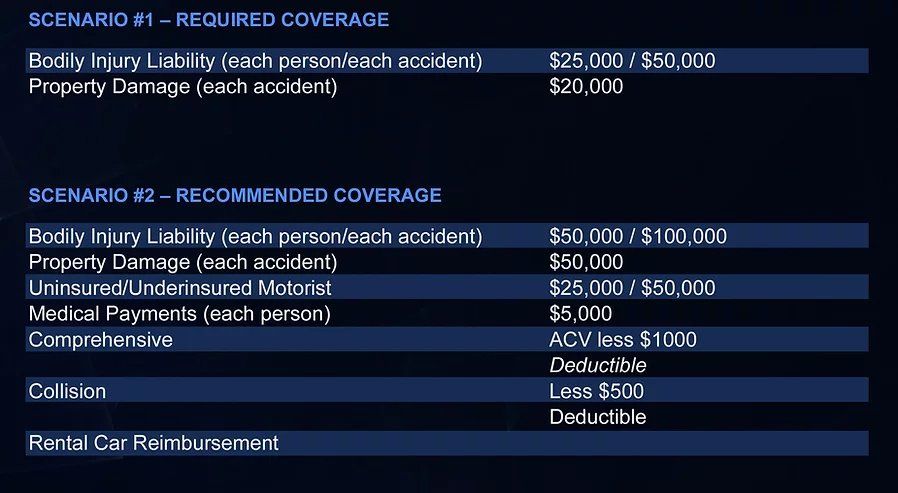Understanding Automobile Insurance Coverages
How Does Your Coverage Impact Your Personal Injury Claims
By Joseph C. Abraham
You have been injured in an automobile accident, and medical expenses are piling up. You have been injured in an automobile accident, and you have not been able to work. You have been injured in an automobile accident, and you live in near-constant pain and suffering. You have been injured in an automobile accident and, because of the physical toll on your body, your lifetime earnings potential suffers, causing your quality of life to diminish.
You have hired a personal injury attorney to ensure that you are made whole. Then, you commence your rehabilitation and seek medical care for pain relief. All events occur after you have been the victim of an automobile accident. Perhaps the most crucial question is: What could you have done before the accident to ensure you were protected?
In developing this article, I intend to further your understanding of automobile insurance, specifically related to your financial settlement in the event you are injured in an automobile accident. According to Quincy L. Branch of The Branch Co., “Unfortunately, many uninformed consumers view insurance as an expense, when in my humble opinion it should be viewed as a risk management tool.”
Too many residents purchase insurance based on the ‘minimum requirements’ outlined by the Nevada Revised Statutes instead of purchasing insurance based on their needs. In their mind, by maintaining minimum coverage, their insurance premium (the amount they pay for insurance coverage) will be lower.
This example personifies the adage “stepping over a dollar to get a dime.” Walk with me through this article as I attempt to convince you. Let me start here: In Las Vegas, it is not a question of “if” you will be involved in an automobile accident, but when you will be involved in an automobile accident.
Before I outline my argument, please know that if you are unfamiliar with any insurance terminology used in this article, I have included a GLOSSARY OF TERMS after the article.
After an automobile accident, after securing a qualified personal injury attorney, the most common question revolves around your financial settlement after your medical treatments. “How much am I going to be paid?” Ironically, your decisions when purchasing your insurance coverage play a significant role in answering that question.
What are your Bodily Injury Liability limits for each person injured in the automobile accident? What are your Property Damage limits for each automobile accident? Do you have Uninsured/Underinsured Motorist coverage? Do you have Medical Payments insurance coverage? Each of these will play a pivotal role in determining your financial settlement. Again, please refer to the GLOSSARY OF TERMS if you are unfamiliar with each of these coverages. If you are unsure of your coverage amount, each insurance policy comes with a “Declarations Page” outlining your coverage.
Once your medical treatments and physical therapies have concluded, your personal injury attorney will contact your medical providers and request final medical records and billing for the various treatments you received. Based on those figures, among other things, your personal injury attorney will most likely submit a claim to both the at-fault party in the accident as well as your insurance carrier. Once payment is agreed upon and your personal injury attorney has received the final settlement from the insurance carriers, your personal injury attorney will contact the lienholders. Payment is made, and the liens are satisfied. The remaining balance is disbursed to you minus your legal fees and case costs.
What do you need to remember about this article? Your financial settlement in an accident can increase proportionally by increasing your insurance coverage. So why don’t more people increase their insurance coverage? People opt to purchase lower insurance coverage to reduce their monthly premiums. However, if you refer to the coverage scenarios below, your monthly savings of $160.17 (in the scenario outlined below) can ultimately cost you thousands of dollars when you are injured in an accident.

Glossary of Terms
An explanation of the terms found on your insurance policy ‘Declarations Page.’
For additional clarification of insurance terminology, please contact Quincy Branch, President & CEO of The Branch Co. at (702) 646-2082






